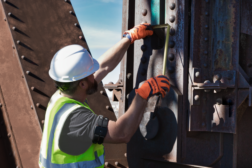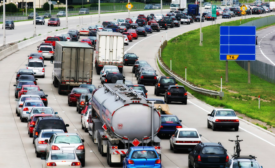Home » Keywords: » climate change
Items Tagged with 'climate change'
ARTICLES
Biden Administration launches Heat.gov with tools for communities facing extreme heat
Initiative is in partnership with multiple agencies, including CDC, OSHA, NIOSH, NOAA
July 28, 2022
Legislators and labor leaders gather at Capitol Hill to advocate for heat safety
Experts lead “Heat Stress on the Hill” event in support of the Asunción Valdivia Heat Illness and Fatality Prevention Act
July 28, 2022
A FairWarning Story
Worker advocates burned up over lack of federal heat protections
May 10, 2019
Never miss the latest news and trends driving the safety industry
eNewsletter | Website | eMagazine
JOIN TODAYCopyright ©2024. All Rights Reserved BNP Media.
Design, CMS, Hosting & Web Development :: ePublishing










